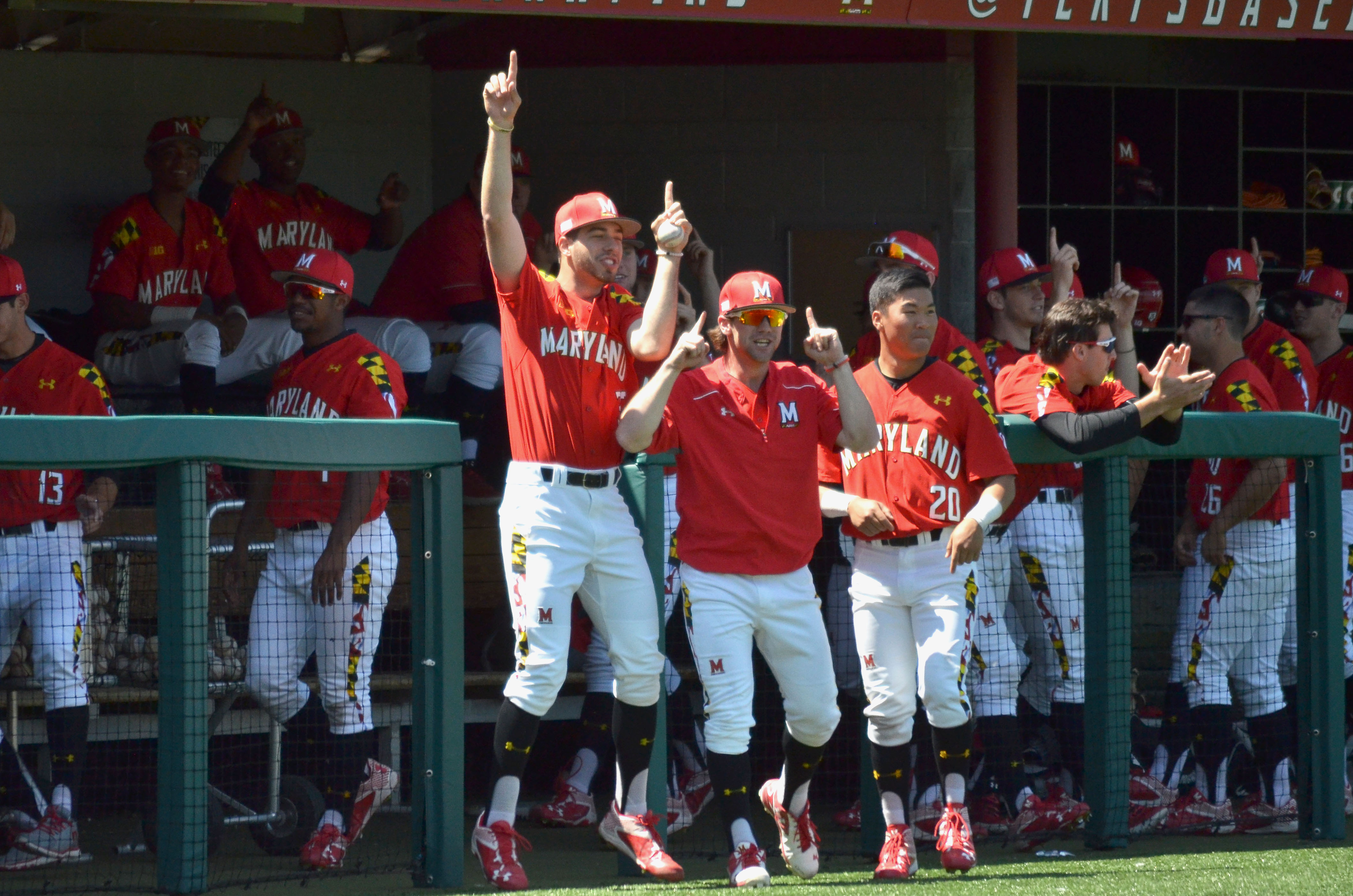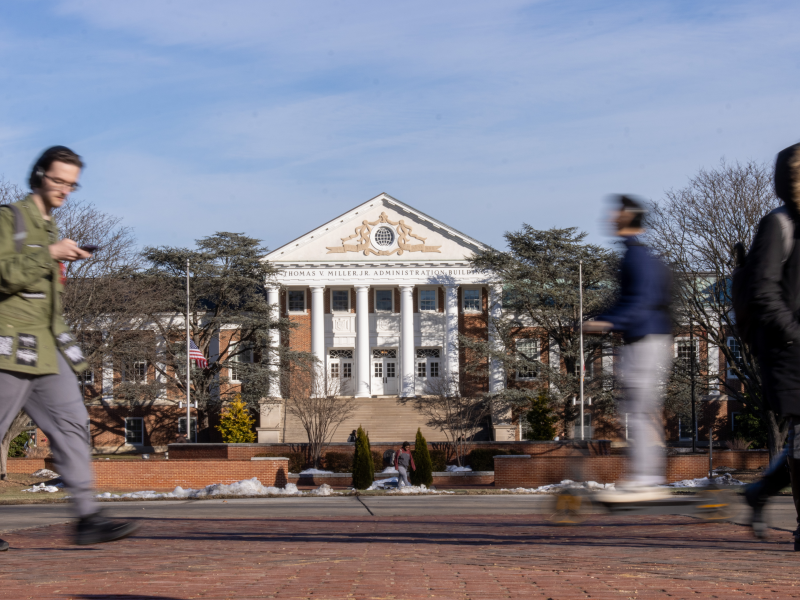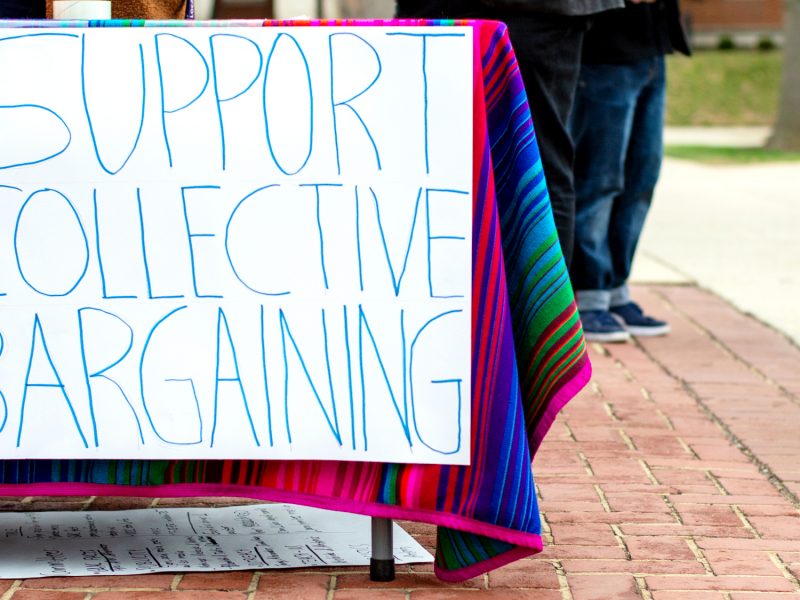I find it strange that the issue of two-ply toilet paper has become so significant to the University of Maryland community. A recent Diamondback editorial criticized the ‘extra cost’ of two-ply toilet paper ($57,000 annually), reminding us that every cent counts in an era of tuition hikes and hiring freezes. How could students put their personal comfort ahead of fiscal responsibility?
While it is true that even large institutions should take an ‘every dollar counts’ approach to operations in the hopes of passing savings along to the student body, this manufactured controversy allows us to ignore far more significant strains on the university budget.
The great myth of college sports is that they pay for themselves — that donations and revenues from sporting events recoup associated costs, justifying exorbitant university spending. However, in 2015, USA Today reported that $2,914,403 of this university’s athletic budget came from “school funds.” This is a small slice of the almost $93 million in revenues in 2015, much of which came from ticket sales, concessions, sponsorship and donations — but nearly $3 million is a significant expenditure.
But students are getting a much rawer deal. “Student fees” — the hundreds of dollars a Maryland student pays in addition to regular tuition costs — accounted for $11,632,008 of athletic revenues in 2015. More than 12 percent of the athletic budget is being subsidized by a student body that struggles to pay rising tuition and housing costs and is in such dire financial straits that it can’t even afford to poop in comfort.
This is before considering the $25 million that the state chose to direct toward the construction of indoor football practice fields. That’s money that could have gone toward faculty wages or scholarships for students struggling to afford a higher education.
I am not intending to argue the merits of a university athletic program. However, our athletic department needs to be entirely self-funded. The student body cannot afford to bear the costs of continued athletic spending. If rising tuition costs are of serious concern to President Wallace Loh, he should direct all available university funds first and foremost to academic programs and student needs. The potential benefits of a successful athletic program are outweighed by pressing scholastic need. And there is no better proof of that than the lines of print the Diamondback devoted to saving $57,000 in toilet-paper costs.
Daniel Hopkins is a piano performance graduate student. He can be reached at dhopkins@terpmail.umd.edu.



